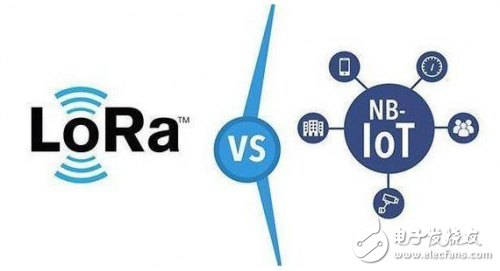In the Internet of Things technology, NB-IoT and LoRa are key technologies. What is the biggest difference between NB-IoT and LoRa? Where are their respective advantages?
To make a comparative analysis of NB-IOT and LoRa, we must first consider two important factors related to the power consumption requirements of the IoT terminal, namely the current consumption (peak current and average current) of the node and the protocol content. The synchronization protocol of the cellular network requires that the terminal must be networked periodically with a short downlink delay. LoRaWAN adopts the asynchronous ALOHA protocol, and needs to wake up the terminal periodically. The terminal can sleep for a long or short time according to the requirements of specific application scenarios.

Cellular networks are designed to increase spectrum utilization and sacrifice node cost and battery life. In order to reduce costs and extend battery life, LoRaWAN nodes have a certain lack of spectrum utilization.
The essential requirement for the operation of the terminal node is the coverage of the network. One obvious advantage for NB-IoT is that it can provide network deployment by upgrading existing network facilities. One of the outstanding advantages of the LoRa industry chain is that each member of the link has autonomy and can decide the scope of network deployment.
Anyone can install and operate a LoRa network. To support roaming or mobility, LoRa needs to sign different contracts with different network operators. In addition, different operators have different QoS issues. LoRa's vitality lies in its openness, but its flaws are also open. The fragmentation of the network itself will inevitably lead to the inability of mobile services to operate. Security issues are gradually on LoRa's agenda. LoRa also needs to integrate additional security solutions to realize the Internet of Things. The security, at this point based on the technology of the operator network has the natural advantage that it requires excellent security without additional integration.
It is difficult for NB-IoT and LoRa to see which one has an absolute advantage in technology. The biggest difference between the two is whether it works in the licensed spectrum. Due to interference problems, products based on unlicensed spectrum will only have problems in a few days. Authorized and unlicensed spectrum has become the key to the future development of NB-IoT and LoRa technologies.
NB-IoT and LoRa will shine in both carrier-grade and enterprise-class LPWAN domains. There is a benign competitive partnership between the two. The licensed spectrum represented by NB-IoT and the unlicensed spectrum represented by LoRa will start from their respective advantages and be commercialized in a complementary form.
Type1 Tethered Cable,16A Type1 Tethered Cable,32A Type1 Tethered Cable,Type 1 Tethered Charging Cable
Yangzhou JERI New Energy Co., Ltd. , https://www.jrevcharging.com
